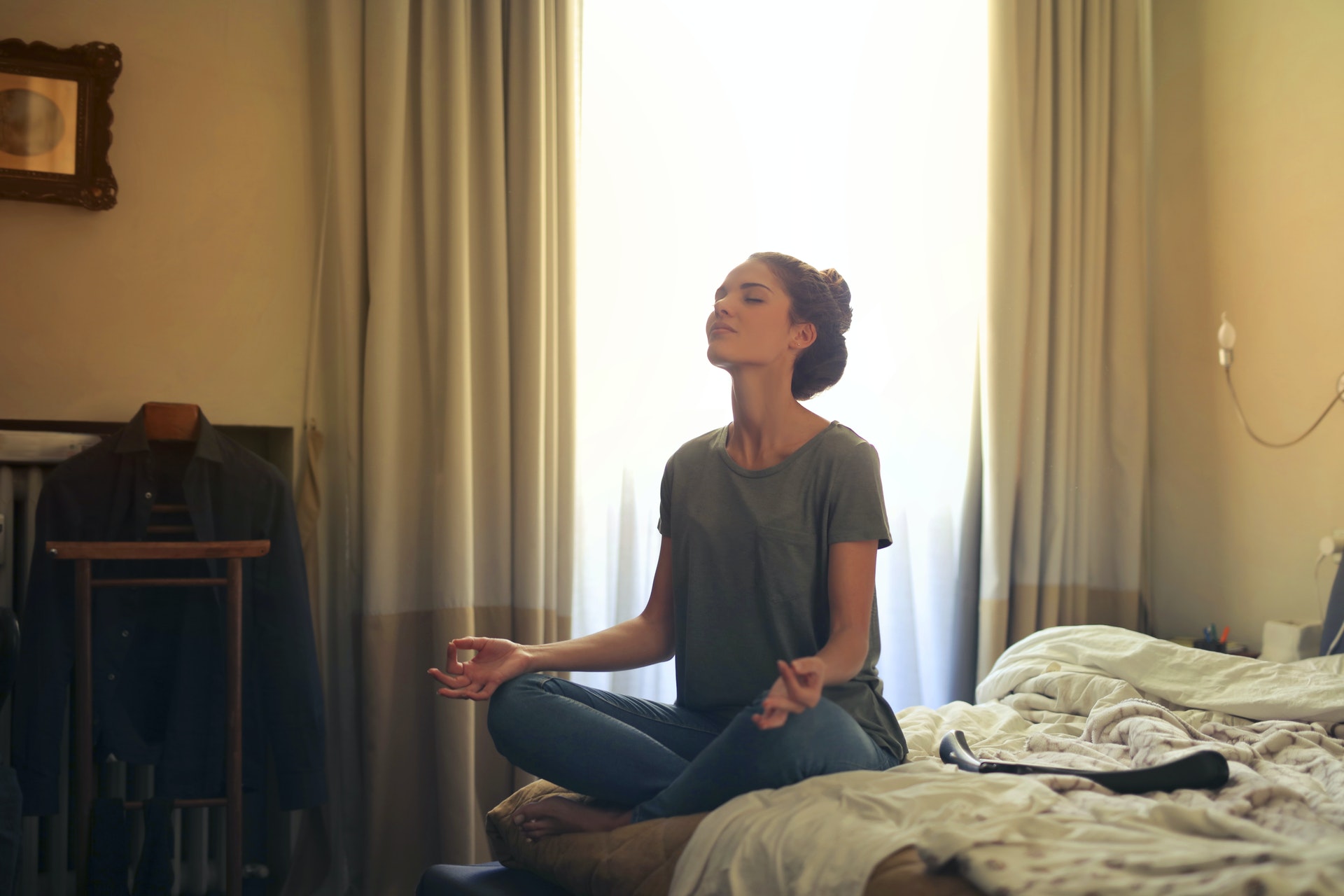
In the context of homes, ergonomics can be applied in just about every room, not just in your home office. Ergonomics for the home is not limited to sitting and standing positions, as well. Homes tend to have a very different environment from offices: it’s often quieter in homes, especially when the kids are out, and there is less stress in the home set-up than there is in the office.
However, even when you are surrounded by all these comfortable furniture and emotions, your home furniture and furnishings can still cause stress when they are not designed with your ergonomic benefit in mind. Look around your home, and see if anything is situated or fitted in a way that does not bring you comfort. Are the cabinets too high? Are the stairs too narrow? Are the sofas too hard? There can be a lot of things to improve in your home if you observe closely.
When gauging the ergonomic integrity of your home, start by looking at the high points. Cabinets, lighting fixtures, high windows, the position of your windows-- all these and more can suffer from very poor construction. As a standard operating procedure, always look up before looking around at the other furniture present in your home.
Floating cabinets are just a few common furniture which are often designed without much consideration for the height of the users. According to professors from Touro University’s School of Physical Therapy, reaching upwards to pull a pot or pan, or any heavy object, from a high level in your home can cause muscle injuries. If you find yourself having to climb a counter to reach a pan, or having to pull up a tall chair rather than a stool to reach for something in your cabinet, your home is not suited for that furniture at all.
There is a smart way to deal with this however: the market is rife with pull-out and sliding cabinets so instead of installing high ones you can’t reach, install cabinets and storage areas that are easier to access. Alternatively, store objects which you won’t use often in the higher parts of your cabinet, and keep the regularly used ones on the bottom shelf.
In kitchens, you also tend to stand more rather than sit because slicing, dicing, and food preparation is often best done when your body is standing. It is simply so much easier to utilize your muscles in basic food preparation when you are standing. What many do know how to, however, is that standing can be dangerous.
There is an ergonomically-sound posture that physiotherapists recommend you keep when your work requires you to stand for a considerably long time, and that is standing at a particular slanted angle. Ergonomic slanted mats are designed to slant at that optimal angle, and as a benefit, these can minimize the pressure that weigh heavily on the soles of your feet as you stand.
Another uncommon part of the home that many might not think about applying ergonomic furniture to are toilets. Yes, even toilets can be uncomfortable, and can be a place where you could expose yourself to musculoskeletal injuries. Stacy Fisher of Touro University’s School of Physical Therapy adds that some toilets are situated a little too long due to how the piping was built. The low height, however, are just not comfortable for people with prior muscle injuries to use.
For households with residents who are disabled or might be handicap, it is always a good idea to have a toilet that is positioned at least 3 inches higher than usual, so getting on and standing up from them won’t have to be a difficult activity every time.
How your home is arranged and set out can also cause some bodily injuries. According to the COO of Building Construction Group, Scott Harris, you can definitely create an open and inviting space. One smart way to do this is by adding sleek, ergonomic pieces throughout your home and letting go of old and bulky furniture.
If there is any space in your home that you must give more attention to, it should be the bedroom. Your bedroom is where you re-energize after a busy work day. It is where you de-stress and finally, rest. It is supposed to be a place of peace, calm, and rest, so a mattress that is hard to sleep on should be removed and replaced with more comfortable alternatives.
You might also look at your bedroom as a place where you can work on things you may have brought over from your office. It's a bad habit, but if you must work on other responsibilities from home, make sure you are working from a desk that is well lit. If your bedroom lighting does not offer optimal lighting, utilize a desk lamp that you can easily install on your desk to things easier on your eyes.





